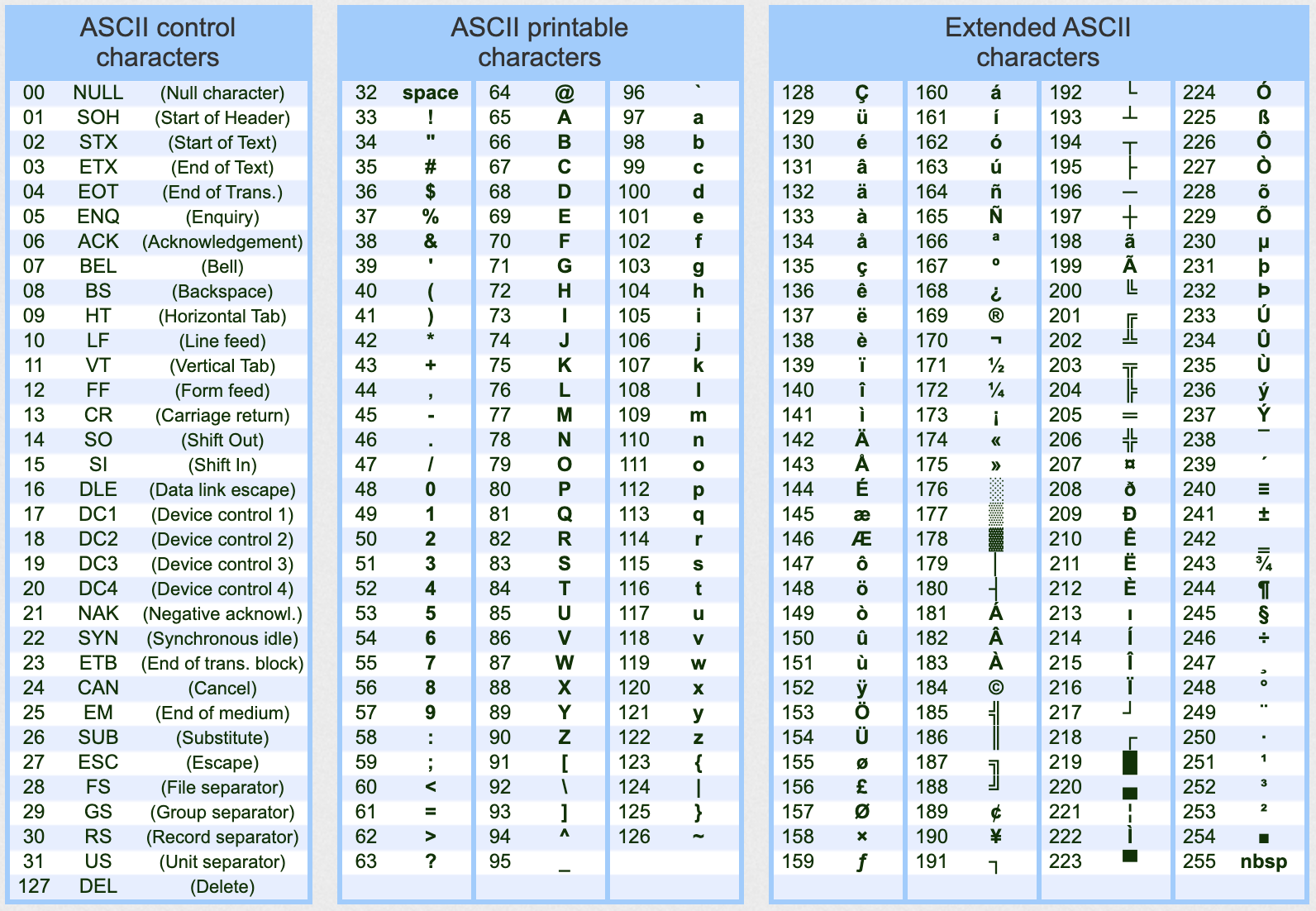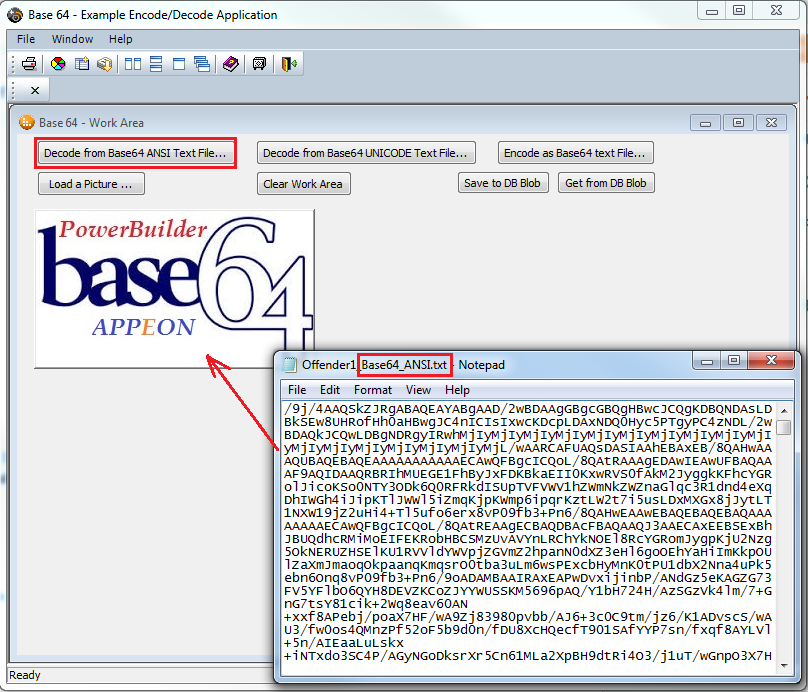
- #Base64 encoding powershell how to#
- #Base64 encoding powershell pdf#
- #Base64 encoding powershell windows#
In order to safely decompress this command, first we need to check for the IEX cmdlet. WriteFile( "qa_output/helloWorld2.pdf")Ģ000-2023 Chilkat Software, Inc. This command uses classes to convert a base64 encoded string to a memory stream.

On the other hand, in case of security and privacy is an issue then it will definitely better to use a. Of course, on web there are some online tools that developers can use to decode encoded text.
#Base64 encoding powershell windows#
You can easily access coupons about 'Cheat Codes Powershell Run Base64 Encoded Command' by clicking on the most relevant deal below. The character encoding used by powershell is UTF-16LE. In this tutorial, I will show how Windows users and developers can encode a given text and decode base64 encoded string using PowerShell commands.
#Base64 encoding powershell pdf#
# Encode the PDF to base64 # Note: to produce base64 on multiple lines (as it would appear in the MIME of an email), # pass the string "base64_mime" instead of "base64". Are you looking for 'Cheat Codes Powershell Run Base64 Encoded Command' We collect results from multiple sources and sorted by user interest. NET DownloadsĪdd-Type -Path "C:\chilkat\ChilkatDotNet47-9.5.0-圆4\ChilkatDotNet47.dll"
#Base64 encoding powershell how to#
We take this GUID string as an arbitrary example: 3ab39606-c642-489b-84b6-58c038d3ef39.Demonstrates how to encode a PDF file to base64, and then decode. Convert a GUID string into a Base64 encoded string So if you want to deal with attributes like objectGUID, ImmutableID, cloudSourceAnchor or sourceAnchor in PowerShell scripts, it is good to know how to convert these values into GUIDs or into Base64 encoded strings. Because this is what Base64 is – a method to encode pure binary data into a simple ASCII string without any special characters. So we have to get used to converting this kind of GUID values into Base64 encoded strings. But Azure AD loves strings in attribute values. Local AD has no problem storing this as a true binary. But in fact, it’s a 128-bit binary value. Now back to that Python to PowerShell project where I need Base64 encoding. Encode/Decode Base64Url Communary PowerShell Encode/Decode Base64Url Posted on Apby Øyvind Kallstad As is often the case, when working on a project I end up needing some sub-task done and search the web to see if someone have done it before. You may know GUID values in string representations like this: “123e4567-e89b-12d3-a456-426655440000”. PowerShell Base64 Encode/Decode JMrNetTek This is how you embed resource files right into your PowerShell script, meaning.if you have loose files that are required by your script, you can include those files inside your script.

The encoding and decoding are important in order to prevent the data from malware attacks. In hybrid scenarios, it’s often good to know how to convert a GUID into a Base64 encoded string. PowerShell Base64 is a technique or mechanism that is used to encode and decode data. Just because the GUID is globally unique and it (usually) does not change over the object’s lifetime. Module Ranking: excellent: The exploit will never crash the. In most situations, the user sync uses the GUID (Global Unique Identifiers) values as a matching attribute that connects the local and the cloud account. This encodes the command as a base64 encoded command for powershell. The Azure AD Connector (AADC) syncs user objects between local ADs and the Azure AD / O365.


 0 kommentar(er)
0 kommentar(er)
